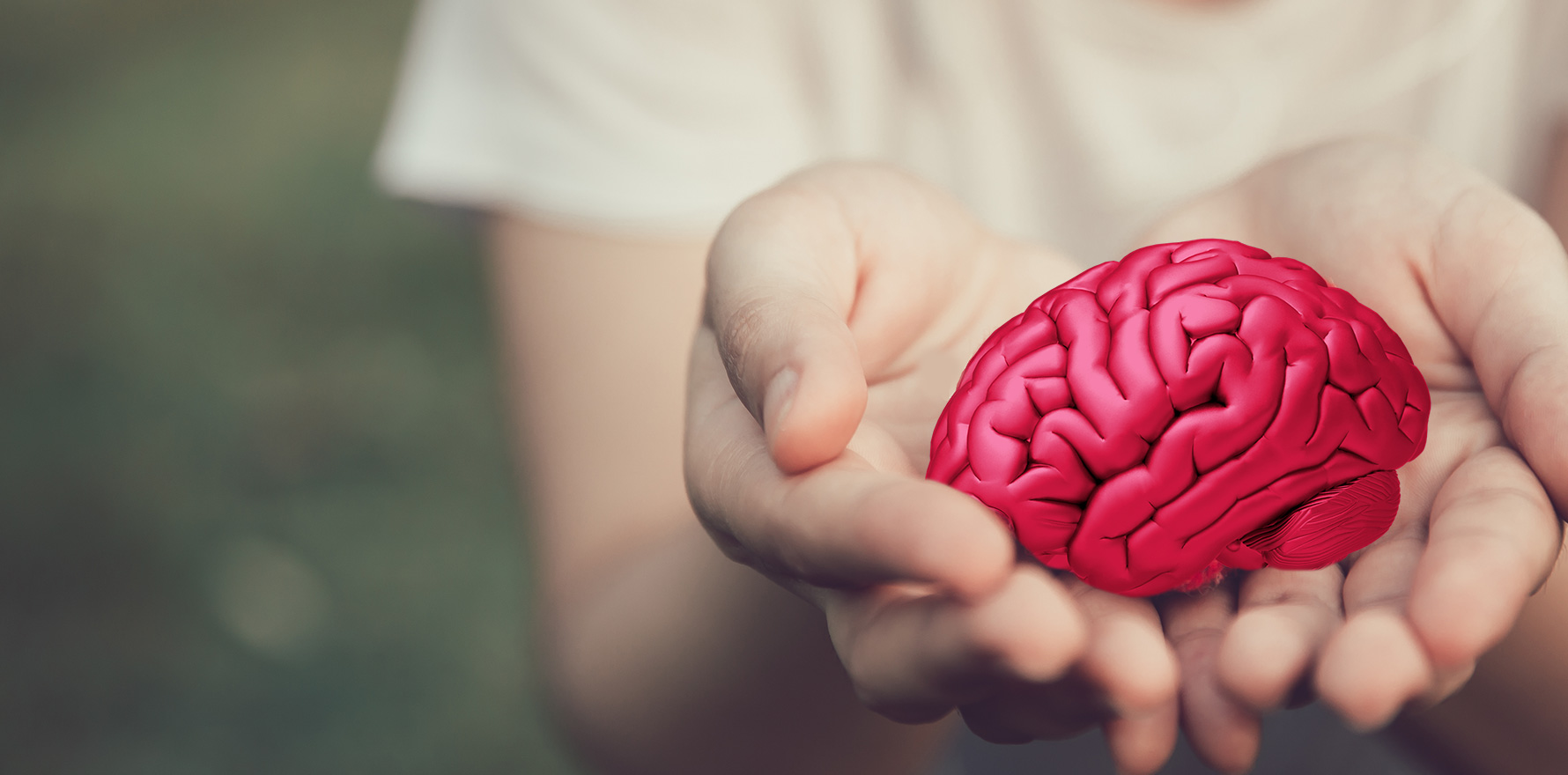Here's what happens when you give the gift of grey matter to science.
Have you ever thought about donating your brain to science? Don’t worry, I mean after you die.
Perhaps you’ve heard about donating your body to science or donating organs for transplants and wondered if it’s similar. Or perhaps you have a vague notion donating your brain might be a good idea and want to know what’s involved.
If you do go ahead and donate your brain, it would be stored in a brain bank, perhaps one at the University of Sydney, where I’m the director.
Here are the answers to some of the most common questions we’re asked about donating your brain to science.
Is it like donating a kidney?
No, donating your organs, such as kidneys or your liver, during your life or after your death is for transplants. A brain is definitely not for transplants.
Donating your body to science is also different and is largely so medical or allied health students can study human anatomy including brain anatomy.
Donating your brain to a brain bank after you die allows researchers to use your brain tissue for research.
What type of brains are you after?
Scientists want to study all types of brains. That includes brains from people who have brain disease, such as dementia or depression, when they sign up for our program, and those who don’t have brain disease initially but then develop it.
“In life, Terry Jones, the brilliant Monty Python frontman, gave the gift of his comedy to the nation. In death, he has given even more – by donating his brain to science to help research into the dementia” https://t.co/GBoiZfFV8o
— How Do I? (@WeAreHowDoI) February 8, 2020
To understand why certain people get a brain diseases scientists need to compare affected brains to those from people without brain disease. Brain diseases such as Alzheimer’s disease and stroke are among Australia’s biggest causes of death. Addiction, anxiety and depression are major causes of disease.
How will my brain be used?
Researchers use donated brain tissue to firstly confirm the patient’s diagnosis. Diseases like Alzheimer’s disease can only be confirmed after death.
By studying brain tissue, researchers can also learn about how brain disease progresses. By studying diseases at the microscopic level we are trying to find how they might be better diagnosed and treated.
We still know very little about what happens in the brain to cause these conditions and the reasons why the most promising treatments fail to improve them.
Many treatments’ ability to cure brain diseases in animals, but there is a high rate of failure when they are tried in humans. This is because our brains are so uniquely human, in terms of size and complexity. The only accurate model is the human brain itself.
What’s actually involved?
When you die, staff from the brain bank liaise with hospital or aged-care staff, funeral directors, and your next-of-kin. Your body is transported to a mortuary, either at a public hospital or forensic medicine centre, and a brain-only autopsy is carried out.
The entire brain and spinal cord are removed by mortuary staff and immediately transported by brain bank staff to the bank for further preparation.
At the bank, staff work quickly to divide the brain in two: one half is placed into a chemical fixative, while the other half is dissected and placed in a -80? freezer. The time between death and fixation or freezing is called the post-mortem interval and it needs to be kept as short as possible to maximise the success of future analytical techniques.
The fixed tissue remains in solution for three weeks before being dissected into a number of blocks that are then embedded in wax and allowed to harden. These blocks are then cut with a very fine blade to produce sections one hundredth of a millimetre thick. These sections are stained for disease-specific proteins to allow a diagnosis to be formally made by the bank’s neuropathologist.
Researchers interested in a specific brain disease apply to the bank’s scientific committee for tissue. A prospective study will often involve both fixed and frozen tissue so complementary spatial (from fixed tissue) and molecular (frozen tissue) studies can be performed.
We store about 500 brains from donors with a variety of diseases and those with “normal” brains.
Why do people sign up?
People donate their brains to science for all sorts of reasons.
A review by colleagues in New Zealand found a major reason was a desire to help others.
Major reasons for not donating included the family was against it, religious concerns, and being unaware that brain donation is possible.
Donation was more likely if people had a thorough knowledge and understanding of the entire process.
OK, you’ve convinced me. What’s next?
The first step is to get in touch with your local brain bank to find out what’s involved.
After discussing with your family or friends and giving informed consent, prospective brain donors will sign up to a program.
Some donor programs are associated with referral clinics for specific diseases such as Parkinson’s disease or motor neuron disease motor neuron disease. In this case, patients will be made aware of brain donation by their specialist and will be contacted by the bank if they give permission.
The brain bank follow donor’s lifestyle and medical history using annual questionnaires and optional additional studies.
We need this information years before you die to build a more complete picture of the person behind the brain, and any issues that may relate to brain disease.
Thank you
Australia’s brain banks have already contributed to many findings, including research into Alzheimer’s disease, alcohol addiction, young-onset dementia and Parkinson’s disease.
So thank you for considering donating your brain to science so we can have a chance of learning more.
Greg Sutherland, Associate Professor, Pathology, School of Medical Sciences, University of Sydney
This article is republished from The Conversation under a Creative Commons licence. Read the original article.


